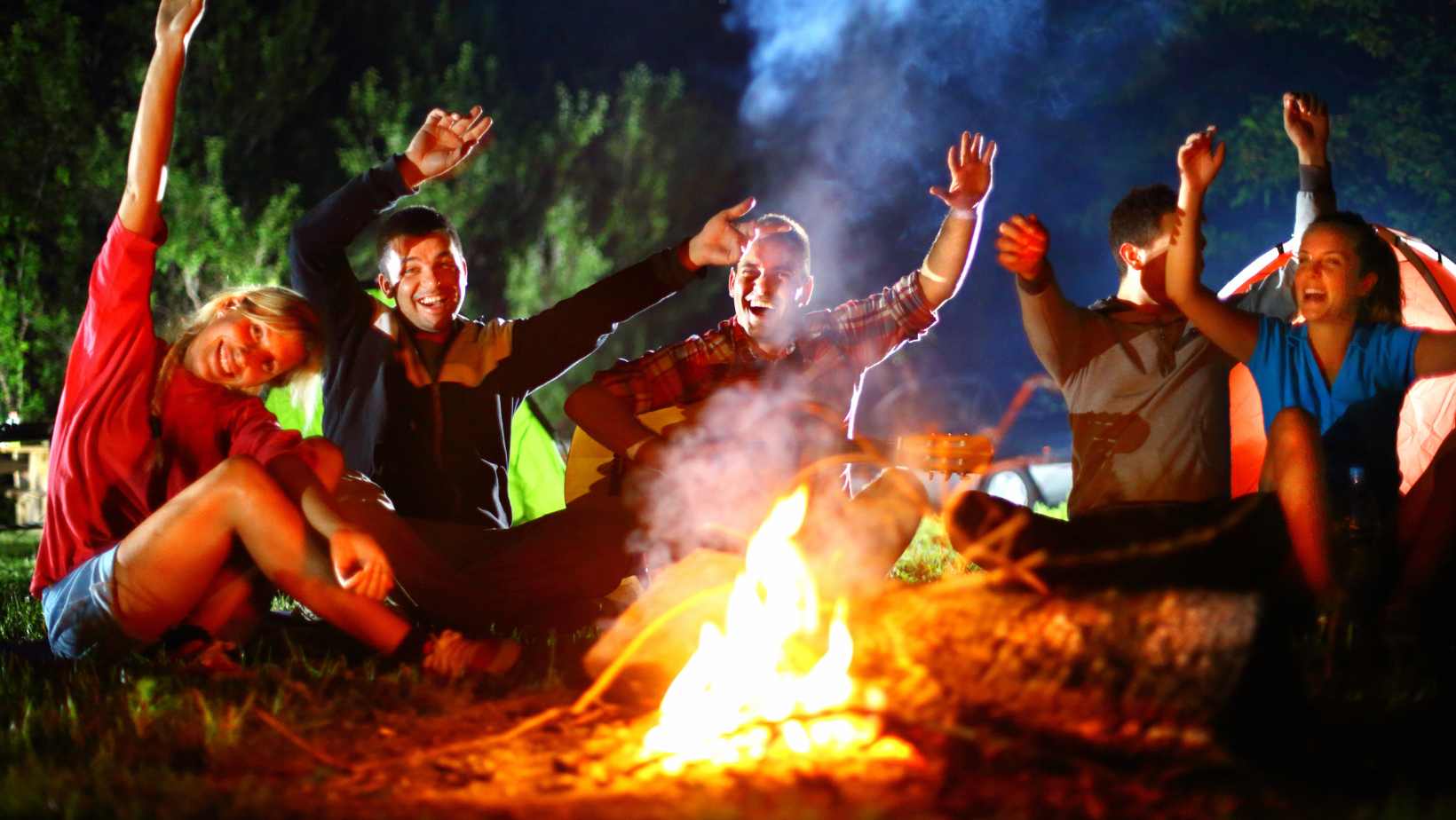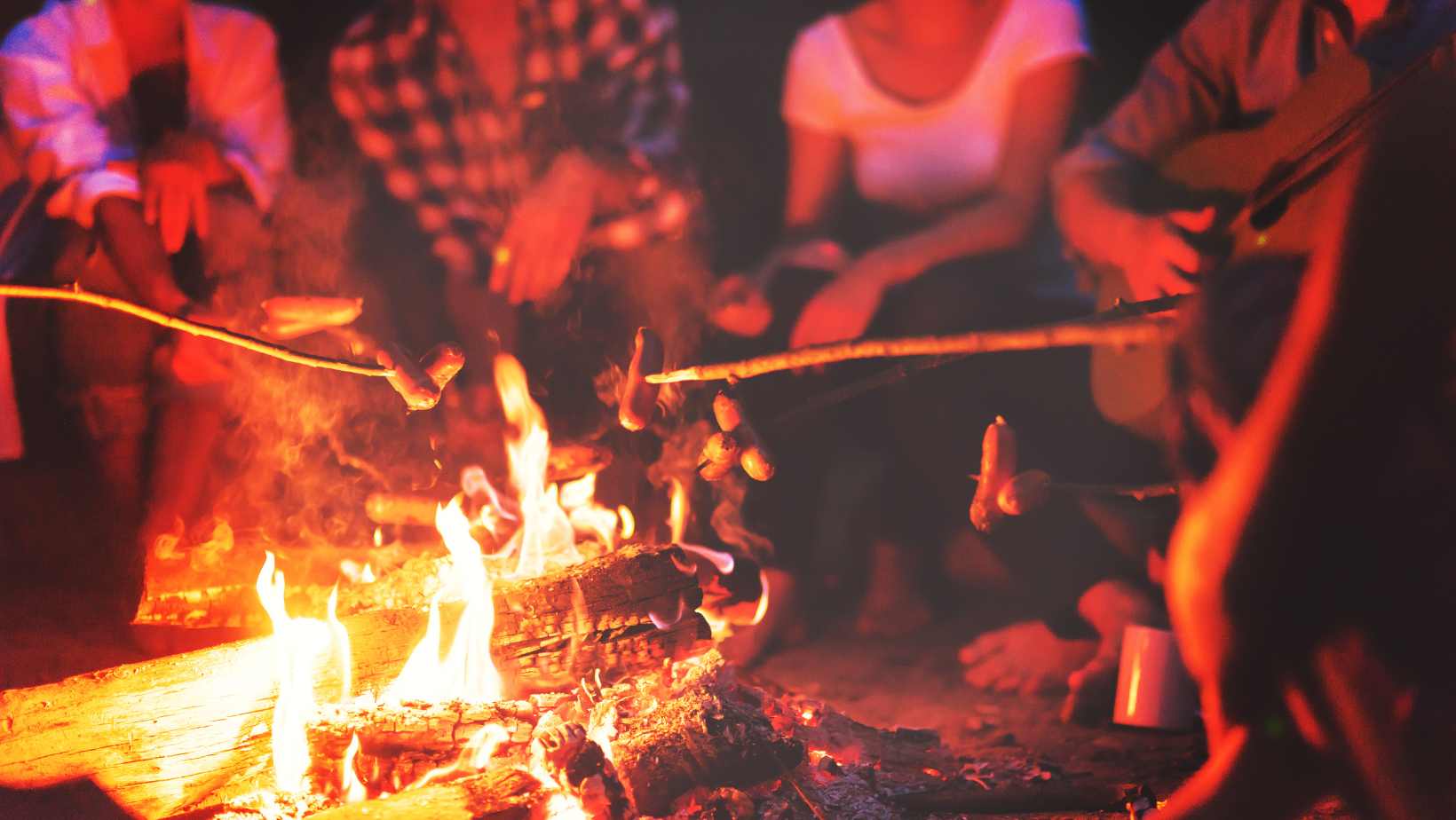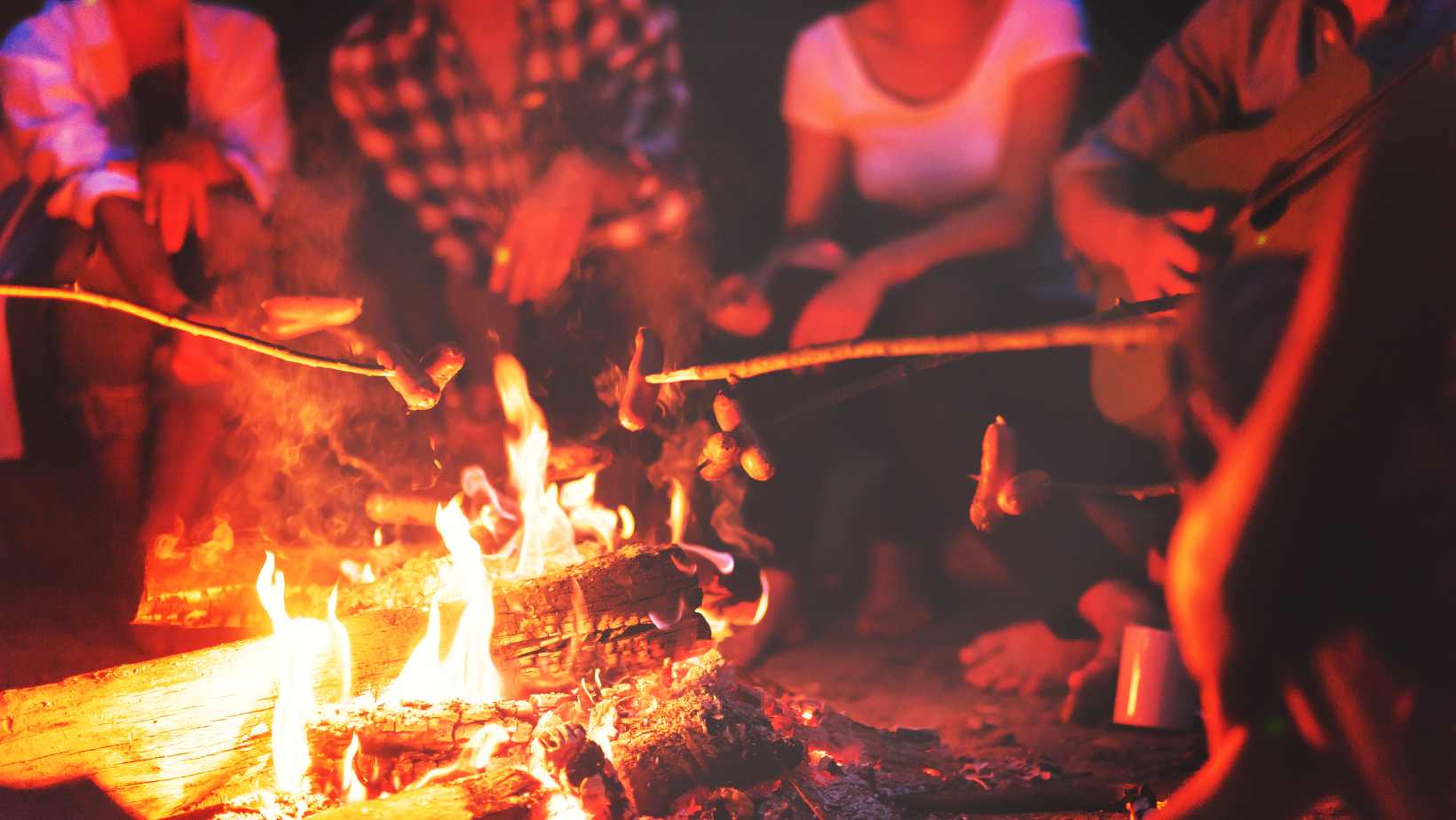
How to Make a Safe Campfire
Camping is a great way to escape the city and enjoy the beauty of nature. One of the key elements to a successful camping trip is creating a safe and enjoyable fire. Knowing how to make a safe campfire is essential for any camping trip.
First and foremost, choose a suitable location for your fire. An ideal spot is on a clear patch of bare dirt, away from overhanging branches, dry grass, and flammable materials. Remember that some campsites may have designated fire pits, and it’s important to adhere to these guidelines to avoid accidents.
Next, ensure you have the proper tools and materials to start and maintain your fire. Always use dry wood and kindling to minimize the amount of smoke the fire creates, and keep a small amount of water
Choosing a Location For Your Campfire
When planning your camping trip and thinking about how to make a safe campfire, one of the most important considerations is where you will build your fire. Here are some tips to help you choose the best location for your campfire:
- Check Regulations: Before selecting a spot to build your campfire, check with the local authorities to ensure it is permitted in the area. Some campsites may have designated fire pits or specific fire building rules.
- Look for Existing Fire Rings: If you are camping in an established campsite, look for existing fire rings or pits. These are the best places to build a fire as they are designed to contain the flames and prevent them from spreading.
- Keep Clear of Vegetation: When choosing a location for your campfire, make sure it is not too close to any vegetation, including grass, bushes, or trees. Avoid building a fire under low-lying branches or near dry leaves as they can easily catch fire.
- Stay Away from Windy Areas: Choose a location sheltered from the wind. Not only does wind make it difficult to start a fire, but it can also increase the risk of embers flying and spreading the fire.
- Clear the Area: Clear a 10-foot area around your campfire by removing flammable materials such as dry leaves, twigs, or grass. Make sure the area is level and free from any rocks.
Preparing Your Fire Pit
Creating a fire pit is an essential step before making a safe campfire. There are a few important things to consider before building your fire pit. First, are there any burn bans in effect in your area? Is your fire pit at least 15 feet away from flammable material or structures? Once you have confirmed that it is safe to build a fire pit, you can proceed to the following steps to prepare your fire pit for a safe campfire:
- Choose an open area that is clear of all flammable materials, including dried grass, leaves, branches, or other debris.
- Dig a small pit, no more than 1 foot deep, to contain the fire. The pit should be at least 2 feet in diameter.
- Using rocks or bricks to line the pit’s edge creates a physical barrier preventing the fire from spreading.
- If you have access to sand, pour a layer of sand in the bottom of the pit to provide an extra layer of insulation.
- Keep a bucket of water or a hose nearby in an emergency.
- Avoid building the fire pit on windy days as strong winds can easily spread the flames.
By following these steps, you can ensure a safe and enjoyable campfire. First, take the time to prepare your fire pit and familiarize yourself with basic fire safety precautions, such as never leaving the fire unattended and always fully extinguishing the fire before going to sleep. Remember, a little preparation goes a long way to make a safe campfire.
Building And Maintaining Your Campfire
Building a campfire can be a fun and essential part of any camping trip, but it’s important to prioritize safety to prevent any unwanted accidents. Here’s my guide on how to make a safe campfire:
Choose Your Location Wisely
Before building your campfire, you need to choose an ideal location. Pick a flat area, away from trees, dry grass, and other flammable objects. Ensure that the site is a safe distance from your tent or RV, and if a fire pit is available, use it.
Gather The Necessary Tools And Materials
The right tools and materials are crucial in building a safe, successful campfire. You will need:
- Tinder (dry leaves, grass, and small twigs)
- Kindling (small sticks and branches)
- Fuelwood (larger logs)
Bring a shovel and water to put out the fire when ready to wrap up. Never leave a fire unattended or let it burn out on its own.
Build And Maintain Your Campfire
To start building your campfire, follow these steps:
- Clear a small area down to the soil and circle it with rocks.
- Put a handful of fuel in the center and form a tepee with kindling.
- Light the fuel from the windward side, and gently blow on the kindling to provide oxygen.
- As the fire grows, add more kindling, then gradually work up to adding the fuelwood.
Keep your campfire under control and avoid creating large flames. Always maintain a safe distance, and supervise children and pets around the campfire. When putting out your fire, disperse the ashes and ensure they’re cold before leaving the site.
By following these guidelines, you can make a safe campfire with ease, helping to ensure that your camping experience remains a thrilling and unforgettable journey.
Conclusion
In conclusion, having a safe campfire is important to avoid accidents and prevent wildfires. By following these simple steps we can make sure we have a safe and enjoyable camping experience:
- Choose the right location for your campfire. Ensure it’s not too close to dry leaves, trees, or other flammable materials.
- Clear the area around your campfire from any twigs, leaves or branches. The area should be at least ten feet long and free of all flammable materials.
- Always have a water source nearby such as a bucket of water, a fire extinguisher or a hose.
- Use only small, dry sticks and branches and not burn garbage, cans or glass.
- Never leave your campfire unattended. Always make sure someone is watching it at all times.
- Extinguish your campfire properly before leaving. Pour water over the fire and stir the embers until everything is cool.
By following these steps, we can all do our part to minimize the risk of forest fires and ensure that our campsites remain safe. Remember that we are all responsible for keeping our environment clean and safe. So, let’s always practice caution and respect for nature while enjoying our camping adventures.


